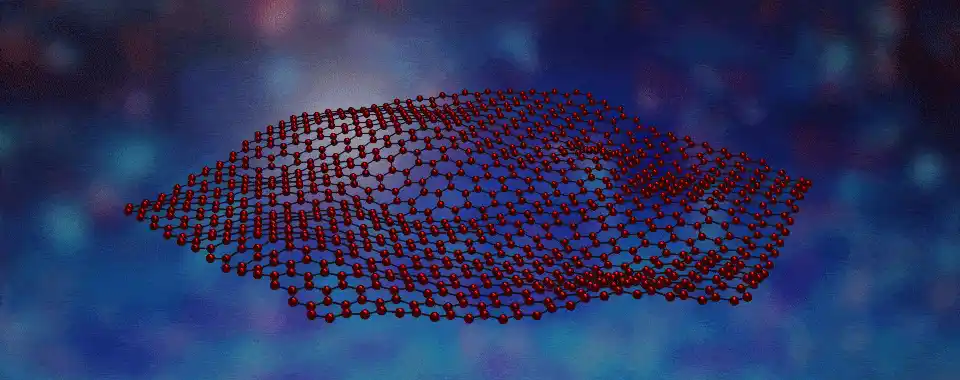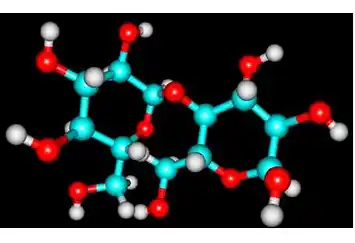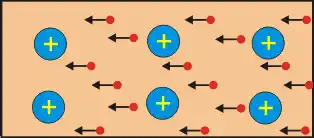افشین رشید
اُستادیار ؛ عضو هیات علمی دانشگاه آزاد اسلامی واحد علوم و تحقیقات تهران
615 یادداشت منتشر شدهInvestigation of The Structure of Electromagnetic Nanoparticles (Multifunctional) and The Paramagnetic Cloud Feature in The Simulation Process

Note: Metal alloys or bimetallic nanoparticles have a high superparamagnetic property that makes them suitable for electromagnetic nanomolecules or electromagnetic nanocarriers . In addition, the electromagnetic property of the surface of these nanoparticles allows surface active materials to be placed on the surface of their nanoparticles, which can be used to dissolve the nanoparticles .
Surface coating is an inseparable part of electromagnetic nanoparticles in order to be able to use them . Although nanoparticles do not attract each other due to their superparamagnetic properties, electromagnetic nanoparticles tend to aggregate and accumulate due to their high surface energy. Electrostatic stability of nanomolecules is not suitable for nanoparticles; although the repulsion of charges on the surface of nanoparticles can prevent their aggregation, in the presence of a catalyst or other electrolytes in the internal environment of electromagnetic nanoparticles, these charges are neutralized.

Electromagnetic (Active) properties in the coating of nanoparticles, like a barrier , prevent their aggregation, and chemical functionalization creates suitable and efficient properties for nanoparticles . Molecular weight and geometric orientation on the surface of nanoparticles exist in various forms. Layers that fully activate electromagnetic nanoparticles. Prevent nanoparticles from accumulating on top of each other. In addition to organic coatings, core-shell structures are also used for optimal use of electromagnetic nanoparticles . Structural engineering of magnetic nanoparticles is the functionalization of particle surfaces, which can have multiple agents or multiple (ligands). Uncoated and coated nanoparticles can attract nanoparticles (bimetallic) with various electromagnetic molecules and create an Active process.

Electromagnetic nanoparticles are particles less than one hundred nanometers in size that have magnetic properties in the presence of an external magnetic field. The simplest structure of nanoparticles consists of a magnetic core (such as iron oxide, nickel, and cobalt) and non-magnetic coatings of various chemical compounds . In electromagnetic nanomaterials, the molecules and atoms that make up them have magnetic properties. In simpler terms, elements such as iron, cobalt, nickel, and their alloys that are attracted by a magnet are called nanomagnetic materials.
Conclusion:
The classification of nanomagnetic materials is based on the susceptibility of nanomagnetic particles (the ability of nanomaterial particles to become magnetized). Accordingly, the materials are classified into three groups: nanoferromagnetic, nanoparamagnetic, and nanodiamagnetic. The process of dipole moment (bimetallic) and multimetallic in nanoparticles of active nanodiamagnetic materials (nanoelectromagnetic particles ) is zero, and in the presence of a magnetic field, a dipole moment (bimetallic) is induced in them; but the direction of these induced dipoles is opposite to the direction of the external magnetic field.